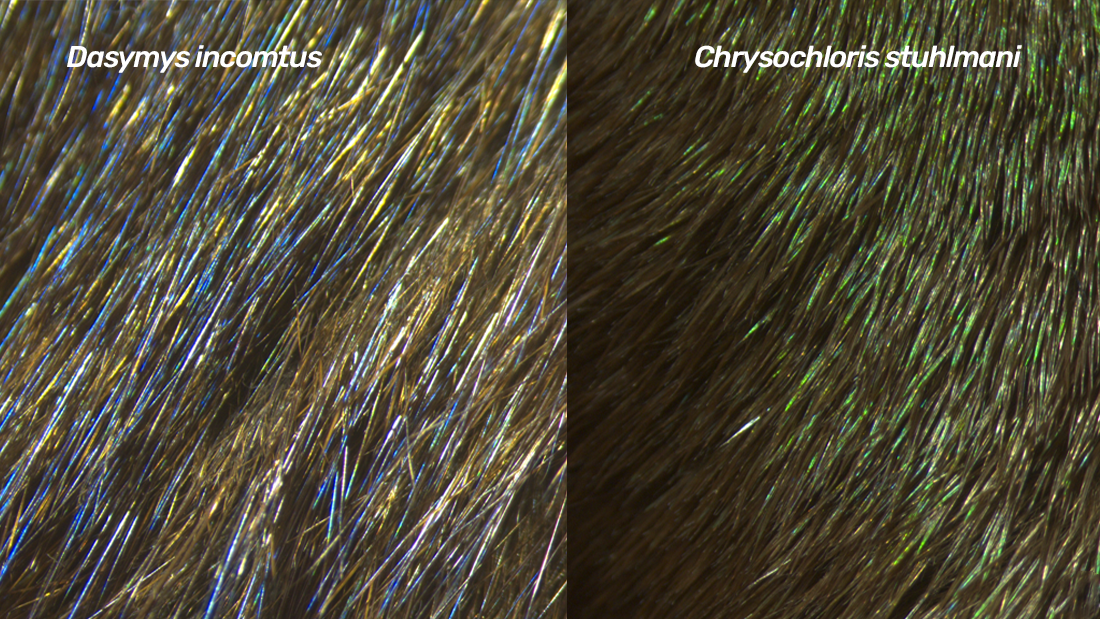Golden moles are pretty special, rarely seen, and occasionally even rediscovered. They also have the curious characteristic of being the only known mammal with iridescent fur. At least, they were. Anecdotal evidence has suggested that other mammals might share such traits and now a new study has revealed that the golden mole is not, in fact, the only shiny Pokémon out there.
The rest of this article is behind a paywall. Please sign in or subscribe to access the full content.
Research has previously found iridescence in birds and insects, as well as certain fish. However, far less has been discovered in mammals. In fact, the feature has really only been seen in the Chrysochloridae family to which the golden moles belong. It took 100 years to learn that the shiny fur seen in the golden moles was the result of “a thin-film mechanism, created through a series of multiple, thin, alternating layers within the hair cuticle,” explained the authors.
The team wanted to see if they could find instances of iridescent fur outside of the golden mole family and if the mechanisms for causing the shine were different. To do this, they examined 14 species from the Royal Museum for Central Africa. Five of these were known anecdotally to have iridescence, while another five were not thought to have it, and three were used for comparison from the golden mole family.
The team used a variety of microscopes to examine the fur of these specimens, including microspectrophotometry, scanning electron microscopy, and transmission electron microscopy. The SEM revealed that “All iridescent hairs examined show tightly compressed cuticular scales, varying in number but all appearing to create a somewhat smooth surface,” write the authors.

Fur of the African marsh rat (left) and a Stuhlmann’s golden mole (right) showing iridescence.
Image Credit: Jessica Leigh Dobson -University of Ghent. Royal Museum for Central Africa in Belgium
Iridescence was found in all 14 of the species, including the African grass rat (Arvicanthis niloticus), West African shaggy rat (Dasymys rufulus), giant otter shrew (Potamogale velox), and tropical vlei rat (Otomys tropicalis). Moreover, the team found the mechanisms within the hairs themselves were similar to other multilayer thin-films observed. For six of these animals, it was the first time iridescence had been recorded.
Why these creatures are shiny reveals another interesting aspect of their biology. Golden moles are blind, so there is no pressure to have iridescent fur to attract a mate. Instead, the researchers think the smooth surfaces of the hairs help the moles burrow, and the smooth surface could even help keep the fur clean from dirt or water.
The paper is published in the Journal of the Royal Society Interface.
Source Link: It Was Thought Only One Mammal On Earth Had Iridescent Fur – Turns Out There's More